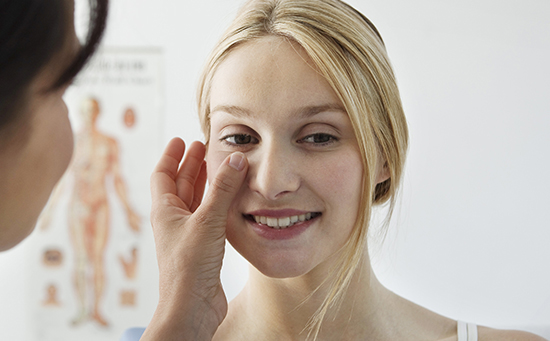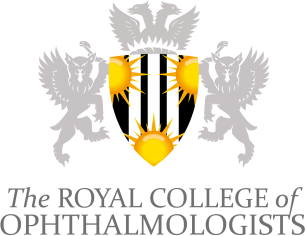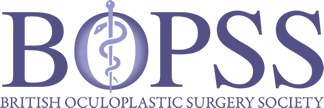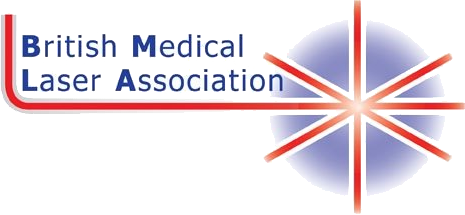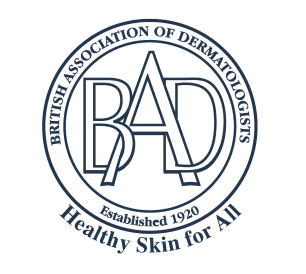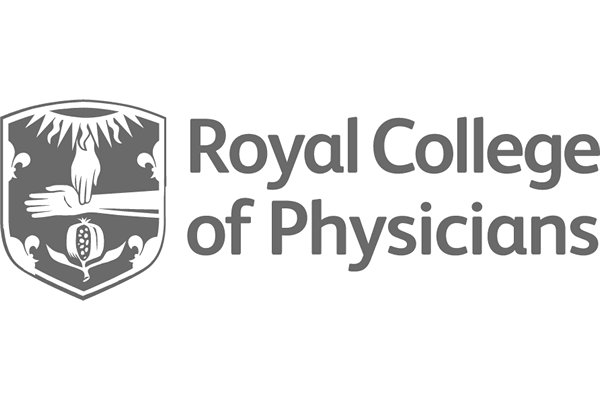"I had what's known a ptosis in both eyes, when I was a teenager I got it fixed at the NHS however was never happy with the result. Process was really smooth, I had a meeting with Tessa to go over what she recommend a month later I was in for surgery. Not going to lie, my eyelids were sore however that's normal with this surgery. After about 2-3 weeks I had my stitches out, I'm now a couple months after surgery. What a difference! Tessa has done an amazing job and my confidence in my appearance has increased. Also a huge shout out to Jo, who was the nurse that dealt with removing the stitches and giving advise to me via WhatsApp."
- About Us
- Treatments
- Cosmetic, Plastic & Reconstructive Surgery
- Areola Reduction
- Arm Lift (Brachioplasty)
- Axillary Reduction
- Belly Button Surgery (Umbilicoplasty)
- BoNT treatment
- Breast Implant Removal
- Breast Lift (Mastopexy)
- Breast Augmentation
- Breast Reduction
- Brow Lift
- Buccal Fat Removal
- Chalazion
- Cheek Augmentation
- Dermal Fillers
- Dimple Creation (Dimpleplasty)
- Droopy Eyebrow / Lid (Ptosis)
- Ear Pinning (Pinnaplasty)
- Earlobe Surgery
- Ectropion
- Entropion
- Eyelid Surgery (Blepharoplasty)
- Facelift & Mini-Facelift
- Facial Ageing and Rejuvenation
- Inverted Nipple Correction
- Labiaplasty
- Lip Surgery
- Pubic Lift (Monsplasty)
- Rhinoplasty
- Split Earlobe
- Tear Trough Filler
- Tip Rhinoplasty
- Tummy Tuck (Abdominoplasty)
- Dermatology
- Oral & maxillofacial surgery
- Hair transplant surgery
- Scar Management & Physiotherapy
- Vascular Surgery
- Psychology & Well-being
- Cosmetic, Plastic & Reconstructive Surgery
- Specialists

